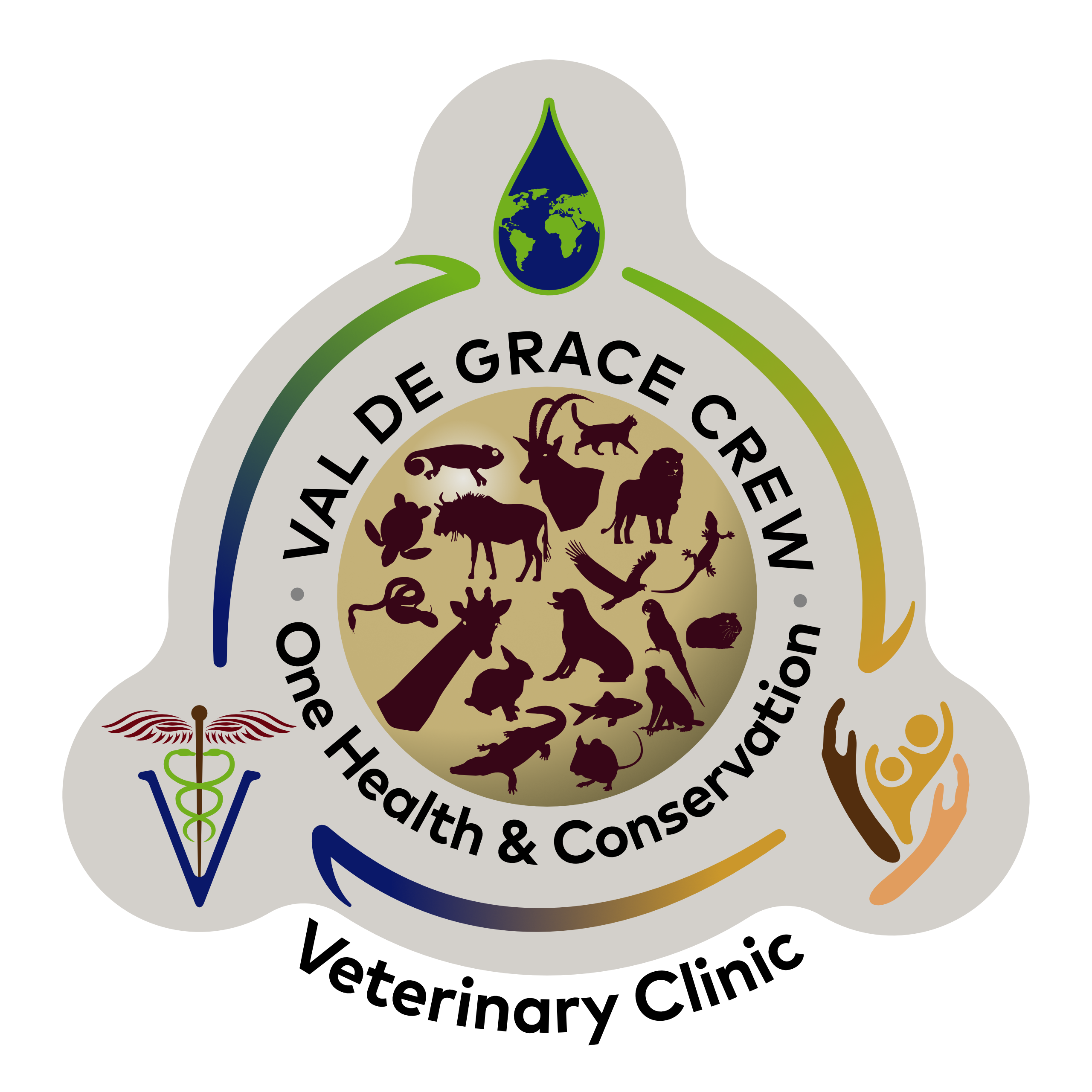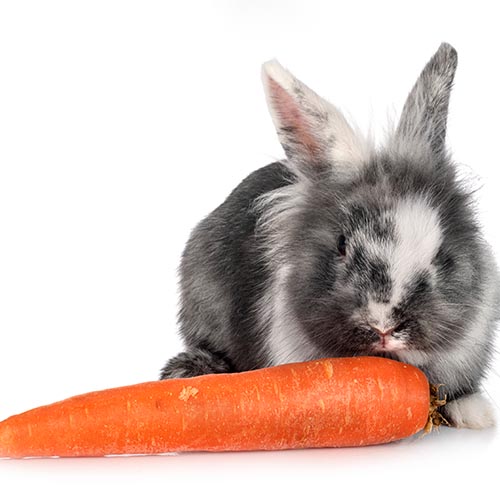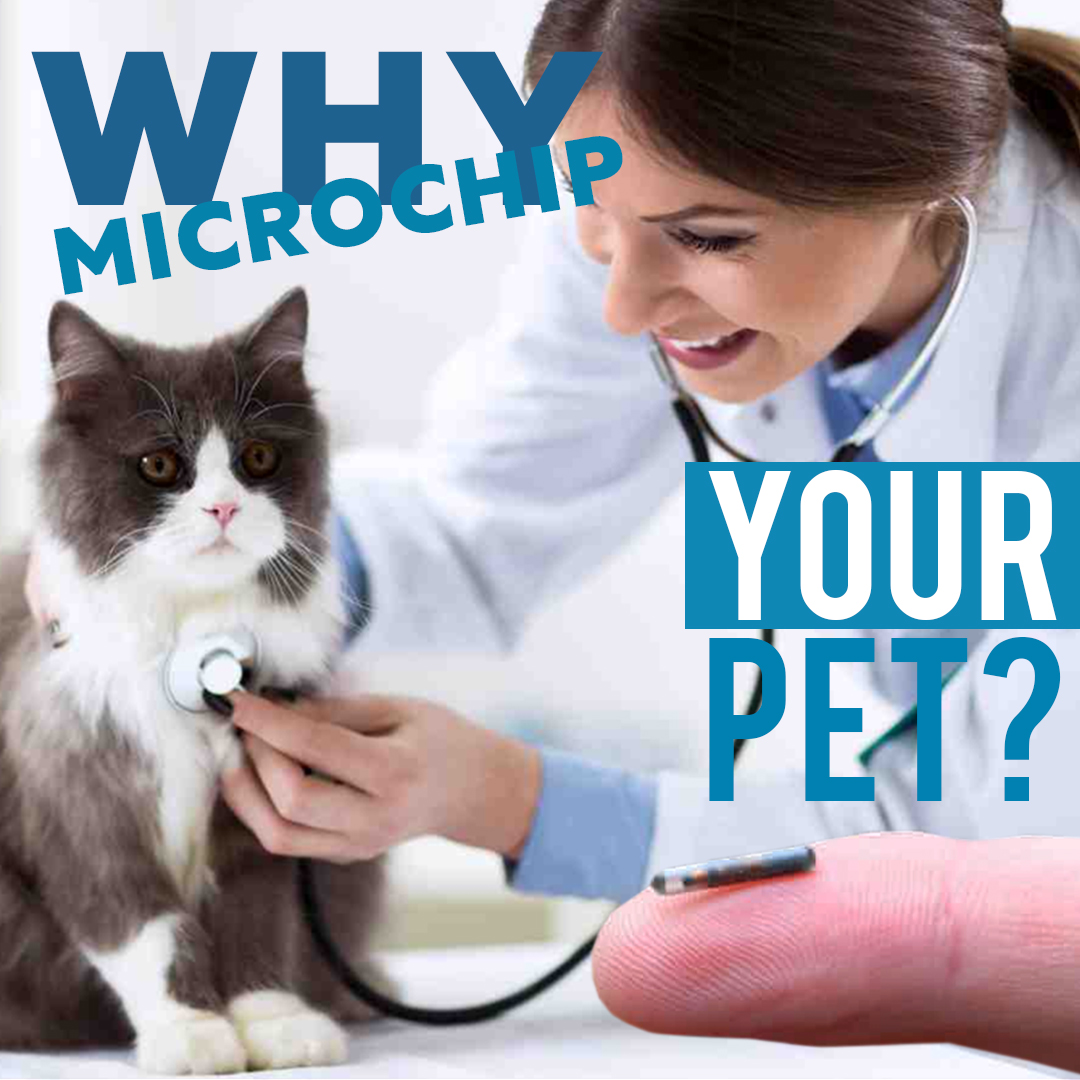The hungry whabbit!
Let me introduce you to the Lagomorph family; Flops, Giants, Lops and don’t forget our Dwarfs and Hares. Let’s jump into their proverbial food bowl and get right down to business. Their nutrition is many times such a delicate puzzle. All these long-eared kids are collectively known as the “Fibrevores”, this is because fibre is their most important nutritional component, and without a reliable, safe, and good source they will be in trouble quicker than you can find old “bugs bunny”.
Bunnies have become one of the more favourite pets to keep in flats, complexes with small gardens and those places where noisy pets are frowned upon. They make excellent first-time friends for kids and adults who don’t mind the zoomies, thumpers and bounces, most of them have good ablution habits, and they love their cuddles and attention.
Many of us, as we think of food for our bunnies, we think of that famous Disney rabbit “Bugs Bunny” with a carrot always in hand in those victorious, and mischievous moments. If I did not know better, I would have grown up thinking bunnies’ favorite healthy food was only carrots, and I do believe many of us would have still. But boy, would we have been wrong.
Well let’s break it down to what is important to keep our bunnies hopping, blinking fit and beautiful.
Let’s first focus on a few things because correct foods are important for our bunnies.
· The stomach likes a set routine from its favourite sources, and this keeps them regular in their ablutions and health… we will look at this in another blog.
· It provides them with the essentials that their always growing teeth needs to remain beautiful, strong, and short.
· It helps them in those poops they re-eat that provide essentials proteins and amino acids, they didn’t get eating it the first time. (I know; weird right? But this makes them unique).
· Too much of a good thing is not good anymore – Limit those treats.
· Stay with the good, although a variety is always better than single source, bunnies like to investigate new foods.
· Changes in foods should be slow and over a period of four weeks in increments of 25% per week. Too fast and your bunny will end up really sick, or may even die.
· Your bunny loves eating more at night than during the day, since it’s their natural feeding behaviour.
Now I would like to introduce you to our colour chart for feeding our fibrevore bucks, does and kits (only from 18 days and older)
Green’s our 1st choice GO TO foods.
Now this group of super bunnie foods are critical and essential for our bunnies’ health, especially during the first 6-8 months of age. And must always be available right throughout the day and night.
Hay Hay Hay makes my Day!!! Good water will make me stay!!!! It’s a must for rabbits, as well as guinea pigs. This is because grinding and chewing wears down their teeth at the correct rhythm. In addition, it provides fibre for the proper functioning of their digestive system. It also provides the necessary nutrients they need from their diet to remain in hopping good shape.
(80-95%% of my diet must be stemmed hay- Beneficial fibres)
Fibre is one of the most important components of a full diet. This should always be presented freely and in more than needed quantities. There are two types of important fibres: digestible and indigestible. But we should all focus on efficient fibre that helps maintain gut movements and proved that extra special nutrients after being re-ingested.
Digestible fibre is moved up into an organ called the caecum – which is a giant rabbit appendix.
Good bacteria in the caecum ferment the fibre, making it easy to digest. This is passed out of the intestines in the form of clumps of sticky droppings – which we call caecotrophs. When consuming hay rabbits do not get all the nutrients out that are required and thus they do something we all go “O my gosh”at: they eat their poop again. Don’t worry; this is natural and essential for them to use every bit of nutrition out of what they ate.
Rabbits then re-eat the caecotrophs directly from their bottom and the essential nutrients are then absorbed when the digestible fibre passes through for the second time (B vitamins and certain proteins). This is especially more seen with our younger rabbits than the older ones as this helps them during those growth spurts they go through.
Hay’s in its natural dry form is the most important and contains these component. But always remember fresh water must be available always as well for your bunny. Here are a few great examples of high beneficial fibre-containing hays:
• Oat hay
• Timothy
• Teff-Eragrostis
• Low amounts of Lucerne. (as it may be to high in calcium)
I see that frown; you are asking yourself then: “DOC, what about the pellets I have been feeding all this time? They are made from high amounts of fibre!”
Okay, let’s talk about that quickly.
Pelleted rabbit foods are ok as a supplement but not as a sole food. This is because most of them are too low in the beneficial fibres we need to keep teeth healthy, intestinal motility good and many times if not compounded or formulated correctly can lead to deficiencies and other health problems. Thus, pelleted food is not all bad, but we must manage the amount, and it should be scientifically formulated to ensure health at its best otherwise we will be “thumping the DOC’s number sooner than we’d like”. Here it helps to cater for those different stages in their lives when some nutrients and components are needed in particularly high or low amounts, such as in as kits, the chubby buddies and those very loved well aged rabbits. There are a few well formulated brands that we can recommend. Contact us if you would like more information.
Our aim for the Green group is to be fed at least 4-6 hours for at least 6 days of the week.
ORANGE- Just enough will keep bunny out of the rough.
(Because for the tooth fairy with this one- too much good can be bad!)
This category has less beneficial fibres but carry many times those essential vitamins and minerals that we may lose out on with dried foods. Thus, too much of a good thing will become a problem, try and limit this group of foods to 10 – 20g/day for those bunnies above 6-8 months of age. This is one of the colour groups that is really helpful when you would like to train your rabbit, because they adore them!
· Romaine lettuce.
· Cabbage.
· Cauliflower
· Kale
· Green beans
· Dandelions
· Strawberry leaves
· Parsley
· Raspberry and Black berry leaves and twigs
· Artichokes
· Brussels sprouts
· Alfalfa hay (only in very small quantities)
(Almost like those sweet tooths amongst those reading this, we know too much is bad but it’s just so nice. So leave the Easter bunny out of this one ).
Many fruits are too high in sugar and will lead to your rabbit having diarrhoea and soon becoming very obese, leading to other organ issues. These foods must not be offered to as free choice but limited otherwise, like your children, they will always go for the sweet stuff! These should not make up more than 5% of the diet your rabbit gets in a week.
Here are but a few that make out the best training treats, so use them sparingly and in times to encourage good behaviours you like.
· Celery
· Coriander
· Dill
· Basil
· Oreganum
· Parsley.
· 1cm pieces of carrot or carrot tops.
· Apples without seeds
· Pear with no seeds.
· Cucumbers
RED – Always stay away from these as it may lead to serious complications and many times death.
These types of food could be toxic to a rabbit when consumed in even small quantities.
Keep in mind that not all vegetables are good for your rabbit, and some can be toxic. Avoid feeding your rabbit any of these types of food:
• Sugar, salt, oil
• Avocado
• Garlic and Chives
• Potatoes
• Onions, scallions and anything from this group of plants
• Beets
• Iceberg lettuce
• Muesli
• Green tomatoes and tomato leaves
· Arum lillies
· Rhubarb
· Fox glove
· St Johns wart the whole plant.
• Citruses like orange, grapefruit, and lemons, among others.
These are but a few of the plants that can lead to severe and detrimental outcomes if your rabbit consumes them. The list is not exhaustive, so please contact us if you are unsure about something your bunny accidentally ate.
References:
N. A. Irlbeck; How to feed the rabbit ( Oryctolagus cuniculus ) gastrointestinal tract J ANIM SCI 2001, 79:E343-E346. Feeding Your Rabbits | Feeding Guide | Burgess Pet Care Nutrition of the rabbit. Author(s) Villamide, M. J., Maertens, L., Blas, C. de DOI 10.1079/9781845936693.0151.


